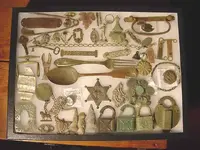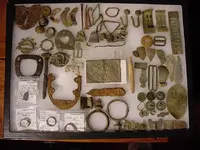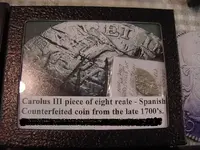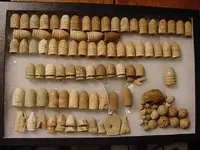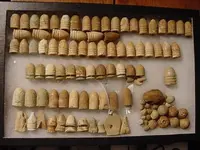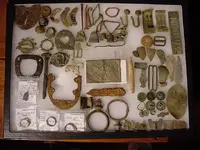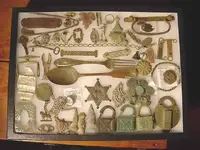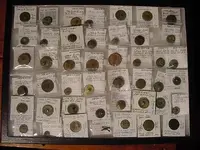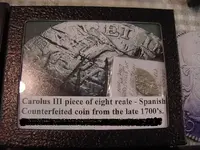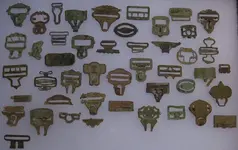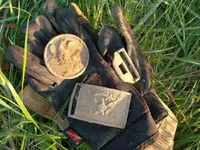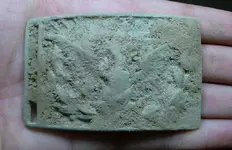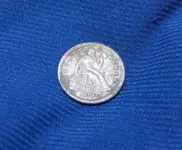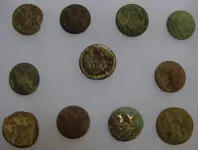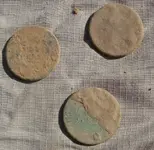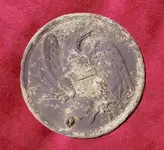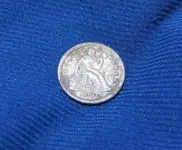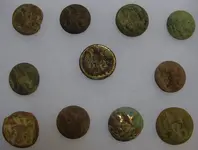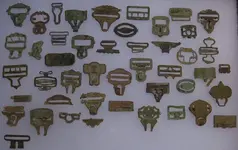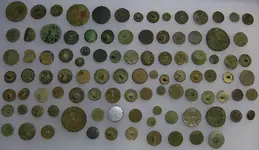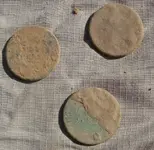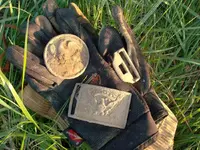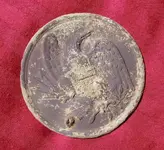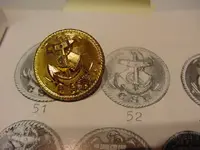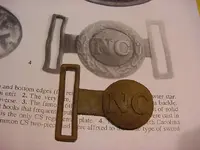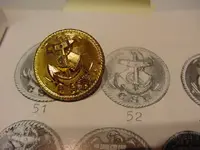George (MN)
Hero Member
You turned it down to 9, even though it was stable at 10. Please explain why? The higher the sensitivity, as long as it is stable, the better the depth. Did you check if it was stable even above 10? If not, why not do so? And you should want to check it at different levels of discrimination. Turning up disc on many detectors causes depth loss (% varies) but may make a detector stable at higher sensitivity.
I think air tests can help determine if a detector is defective. Also, air tests represent the coin depth that is possible in ground with virtually no mineralization. If you have heavy mineralization, you can probably figure a % of that for your ground. I figure 60% for my ground. Your posts suggest you have not air tested the detector??
We are just trying to determine if it is operator error or actually defective. Please let us help you by supplying more info. HH, George (MN)
P.S. the 10x12 would cover more area quickly, should be somewhat deeper & may do better with coins on edge. Still, it must be determined if the detector is adjusted improperly or defective.
I think air tests can help determine if a detector is defective. Also, air tests represent the coin depth that is possible in ground with virtually no mineralization. If you have heavy mineralization, you can probably figure a % of that for your ground. I figure 60% for my ground. Your posts suggest you have not air tested the detector??
We are just trying to determine if it is operator error or actually defective. Please let us help you by supplying more info. HH, George (MN)
P.S. the 10x12 would cover more area quickly, should be somewhat deeper & may do better with coins on edge. Still, it must be determined if the detector is adjusted improperly or defective.







